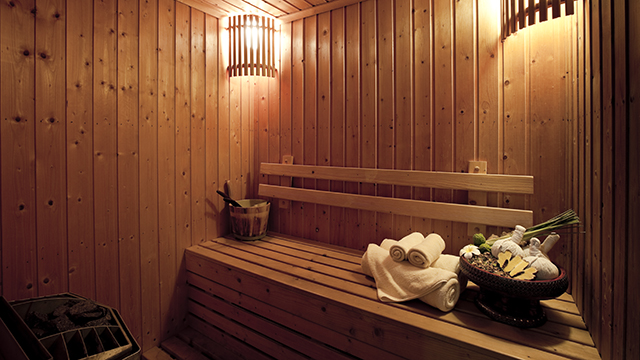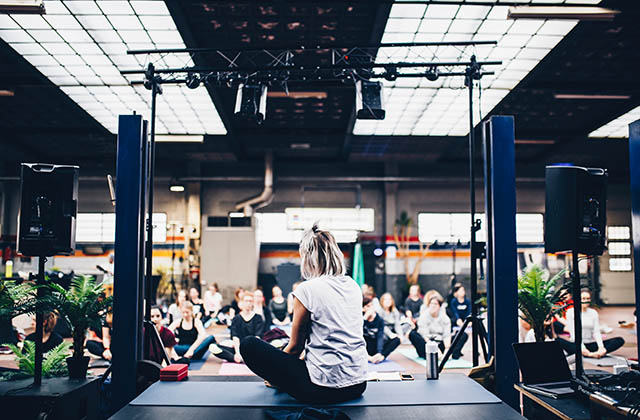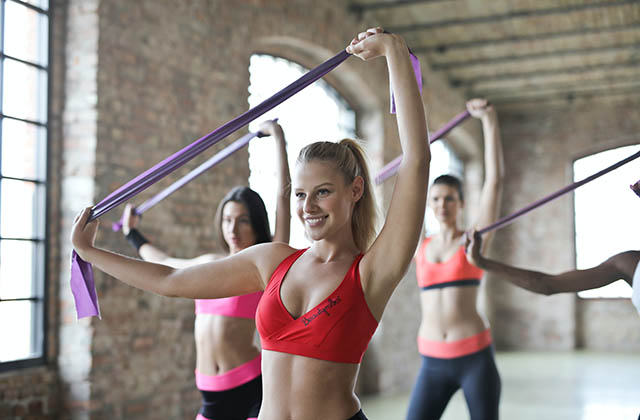In today’s fast-paced world, people are constantly seeking ways to improve their health and well-being. Two popular options for relaxation and rejuvenation are infrared saunas and steam rooms. Both provide unique experiences and benefits, but when it comes to choosing between them, which one is better? In this article, we will delve into the world of infrared saunas and steam rooms, exploring their health benefits, differences in heat and humidity, energy efficiency, safety considerations, and ultimately help you make an informed decision.
Understanding Infrared Saunas and Steam Rooms
Before we compare the two, let’s understand what infrared saunas and steam rooms are. An infrared sauna uses infrared heaters to emit radiant heat that is absorbed directly by the body, resulting in a gentle and deep tissue penetration. On the other hand, a steam room creates a high humidity environment by producing steam through heated water, which creates a warm and moist atmosphere.
Health Benefits of Infrared Saunas
Detoxification
One of the significant advantages of infrared sauna Northern Beaches is their ability to aid in detoxification. The deep penetration of infrared heat can help stimulate the sweat glands, promoting the release of toxins and heavy metals from the body.
Pain Relief
Infrared sauna sessions have been reported to provide relief from muscle and joint pain. The heat from the sauna helps increase blood circulation, relax muscles, and reduce inflammation, offering a soothing effect.
Improved Circulation
The heat generated by infrared saunas dilates the blood vessels, leading to increased blood flow and improved circulation. This can have positive effects on cardiovascular health and overall well-being.
Health Benefits of Steam Rooms
Respiratory Health
Steam rooms are known for their positive impact on respiratory health. The warm, humid air can help open up the airways, ease congestion, and potentially alleviate symptoms of respiratory conditions such as allergies and asthma.
Skin Cleansing and Hydration
Steam rooms can be beneficial for the skin. The steam helps to cleanse the pores, removing dirt and impurities. Additionally, the moisture in the air can hydrate the skin, giving it a fresh and healthy glow.
Stress Relief
The calming environment of a steam room, combined with the warm steam, can promote relaxation and stress relief. Spending time in a steam room may help reduce anxiety and provide a sense of overall well-being.
Differences in Heat and Humidity
One key distinction between infrared saunas and steam rooms is the heat and humidity levels. Infrared saunas operate at lower temperatures (around 120°F to 150°F) compared to steam rooms, which can reach higher temperatures (typically between 110°F to 120°F). Steam rooms have higher humidity levels due to the presence of steam, while infrared saunas offer a drier heat.
Comparing Energy Efficiency
In terms of energy efficiency, infrared saunas have an advantage over steam rooms. Infrared saunas require less energy to operate since they heat the body directly, rather than heating the entire room. The infrared heaters quickly warm up, allowing you to start your session almost immediately. On the other hand, steam rooms need time to generate steam and heat the entire space, which can consume more energy.
Safety Considerations
When it comes to safety, both infrared saunas and steam rooms have their considerations. Infrared saunas use radiant heat, which is generally considered safe for most individuals. However, it is important to stay hydrated during the session and avoid prolonged exposure to prevent overheating. Additionally, people with certain medical conditions, such as cardiovascular issues or low blood pressure, should consult their healthcare provider before using an infrared sauna.
Steam rooms, on the other hand, require caution due to the high humidity levels and the potential for slipping on wet surfaces. It is crucial to maintain proper ventilation to prevent excessive moisture buildup. Individuals with respiratory conditions or those sensitive to heat and humidity should also consult a healthcare professional before using a steam room.
Choosing Between Infrared Saunas and Steam Rooms
The choice between an infrared sauna and a steam room ultimately depends on your personal preferences and specific needs. If you prioritize detoxification, pain relief, and improved circulation, an infrared sauna might be the better option for you. On the other hand, if you seek respiratory benefits, skin cleansing, and stress relief, a steam room could be more suitable.
Consider factors such as the desired heat and humidity levels, energy efficiency, safety considerations, and the overall experience you’re looking for. If possible, try experiencing both options firsthand to see which one resonates with you the most.
Conclusion
Infrared saunas and steam rooms offer unique experiences and a range of health benefits. While infrared saunas excel in detoxification, pain relief, and improved circulation, steam rooms shine in respiratory health, skin cleansing, and stress relief. Understanding the differences in heat and humidity, energy efficiency, and safety considerations can help you make an informed decision based on your specific needs and preferences. Visit us to offer unique experiences through our sauna.
Remember to prioritize your safety, stay hydrated, and consult with a healthcare professional if you have any underlying health conditions. Whether you choose an infrared sauna or a steam room, incorporating regular sessions into your wellness routine can contribute to your overall well-being.



